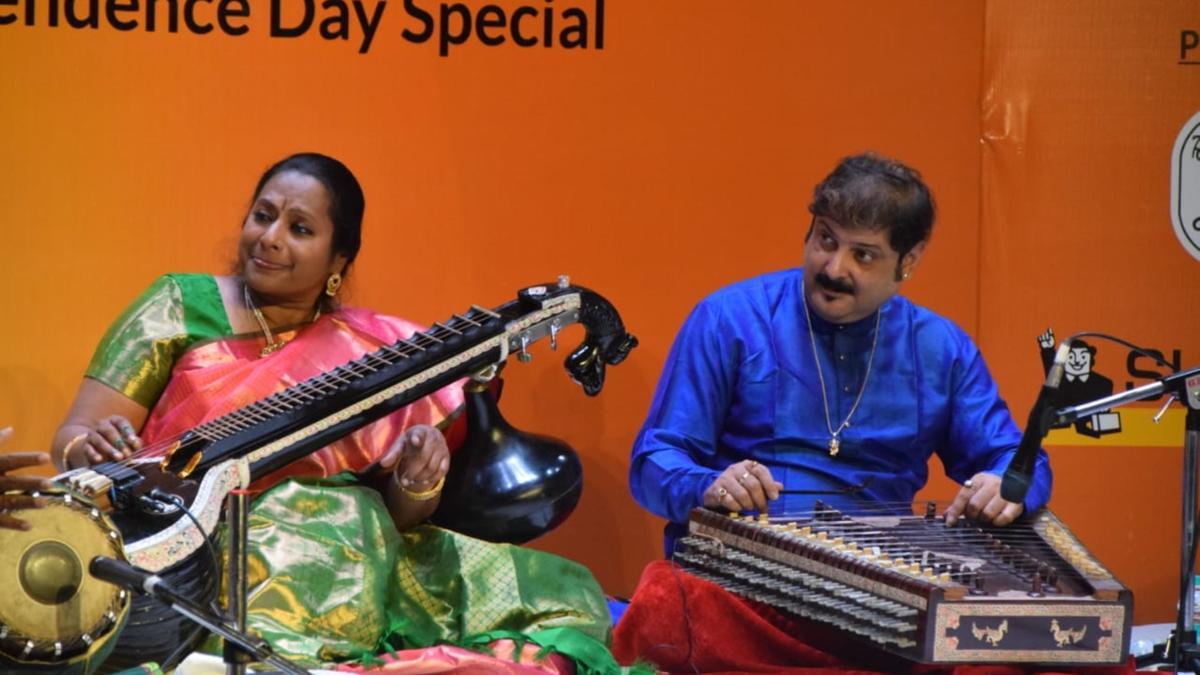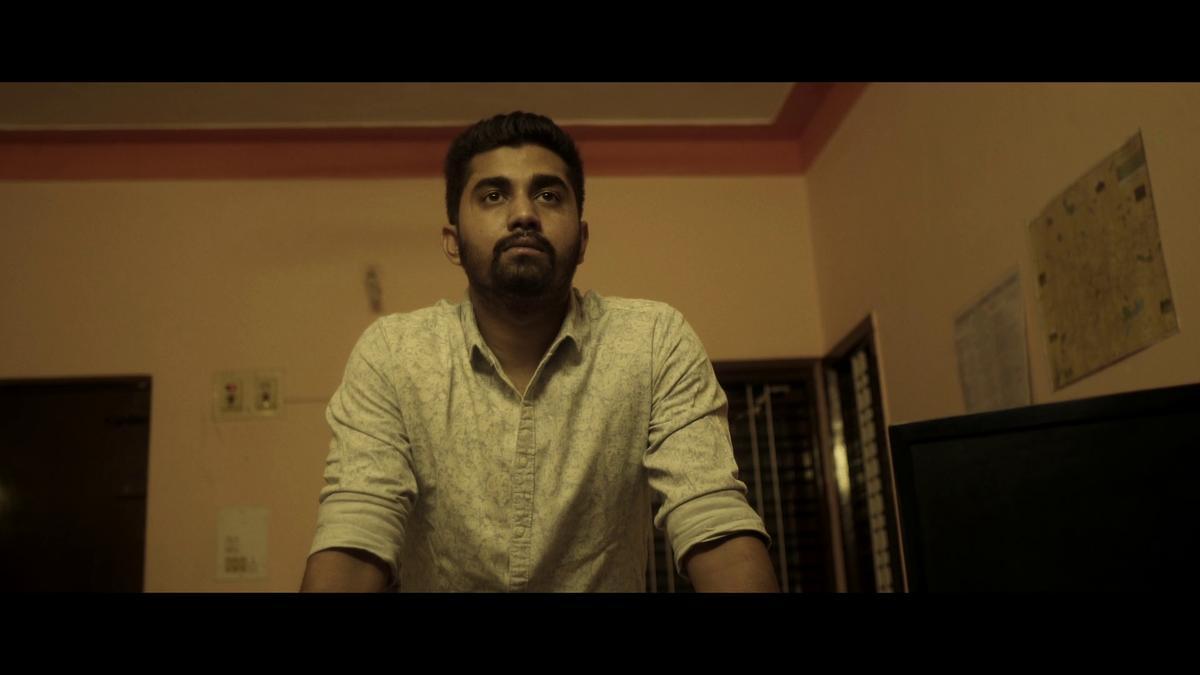
The Saraswati veena, an emblem of India’s ancient classical music tradition, and the santoor, integrally tied to the folk traditions of Kashmir, have long stood as unique pillars of Indian musical heritage. Bringing these two rich and distinct instruments together for a performance could seem unconventional, but it was an idea keenly embraced by U.S.-based vainika Nirmala Rajasekar and Kolkata-based santoor virtuoso Sandip Chatterjee. Their recent concert in Delhi, as part of their India tour before continuing to the US, showcased this rare jugalbandi, a union that produced a melodious confluence of their contrasting musical styles.
The duo together created music with 100 strings — veena’s seven and santoor’s adjusted 93, as Sandip had removed seven strings from his instrument. It was an ambitious endeavor that promised to merge their distinct sounds into a harmonious blend. The performance had the added rhythmic support of Ramdas Palsule on the tabla and Thanjavur K Muruga Bhupathi on the mridangam, ensuring a comprehensive classical experience.
Nirmala Rajasekar, a ninth-generation veena exponent, shared her enthusiasm about this unique collaboration. Historically, the veena and the santoor have been featured together in concerts, one notable instance being a performance by Kannan Balakrishnan and Bhajan Sopori organized by the Sangeet Natak Akademi. Nirmala’s excitement was echoed on stage as the concert unfolded, meticulously curated to highlight the distinct qualities of the instruments and their potential for musical confluence.
From the opening strains of the performance, the concert had a well-thought-out structure. Nirmala began with an ode to Ganesh, “Gam Ganapathe,” an evocative piece that showcased not only her instrumental prowess but also her singing abilities. Her choice to sing while playing the veena occasionally drew attention away from the instrument, but the mridangam’s rhythmic enhancement added depth to her rendition. On the other hand, Sandip’s presentation of a different ‘gat’ in raga Hamsadhwani was paired with the crisp tabla bols of Ramdas Palsule, presenting a seamless blend that delighted the audience.
As the performance continued, the contrasting acoustic properties of the veena and santoor became evident yet complementary. The bass richness of the veena juxtaposed with the light, fluttery tones of the santoor created a unique soundscape.
. While the santoor’s dexterous note skimming is challenging to achieve on the veena, the veena’s ability to move within notes is an aspect the santoor cannot replicate, something Nirmala refers to when she calls it the ‘shatatantra’ veena.
This collaboration also brought forward interesting challenges. Sandip explained, “My santoor is usually tuned to ‘D’, but collaborating with Nirmala required me to adapt to an ‘E’ tuning.” Nirmala’s veena had been modified to be shorter for ease of travel, which meant it could not be tuned lower than ‘E’. Explaining his adaptive approach, Sandip shared, “Instead of re-tuning the santoor to a pitch where it may not resonate well, I altered my scale, making ‘Re’ my ‘Sa’. This shift, while challenging to sustain, especially in a lengthy performance, keeps my musical journey vibrant and experiments dynamic.”
Sandip’s approach to playing the santoor is distinctive. Using one mallet, contrary to the conventional two, he emulates the handling of \‘tarab\’ (sympathetic) strings typically associated with the sitar maestro Ustad Vilayat Khan. “Playing with one mallet while plucking \‘tarab\’ wires with the other hand brings out a beautiful resonance. My instrument has only two \‘tarabs\, as the other two produced too much resonance. In music, finding a meeting point is part of the journey,” he stated, illustrating his innovative approach.
Concluding on a high note, the Delhi concert was a testament to how two contrasting musical traditions can come together to create a unique tapestry of sound. It drew a full house, with audiences mesmerized by the concert’s ability to honor tradition while pushing creative boundaries. As Nirmala and Sandip continue their tour in the U.S., this jugalbandi stands as an enriching example of musical innovation, celebrating the diversity and unity of India’s classical music heritage.










